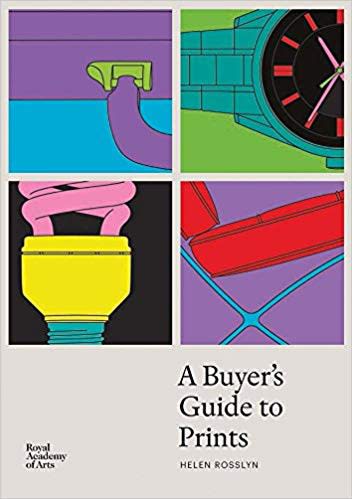Printmaking is the process of creating artworks by printing - normally on paper. An original print is traditionally an image conceived by an artist to be created on one surface and transferred onto another, thereby enabling the production of more than one final image. The original work of art is the print itself, the end product of the process, rather than the block or plate from which it is printed.
The development of photography and digital print technology in recent years has meant that the traditional definition of an original print does not cover all printmaking techniques. So the definition of an original print today has less to do with process than with intention. An original print is now generally acknowledged to be an artwork originally conceived by the artist as a print. There are several different methods of printmaking, which fall into three main groups: Relief printing; Intaglio printing; and Planographic printing.
-
-

Relief Printing
eg. Linocut, Woodcut, Wood Engraving Relief prints, such as Linocut, Woodcut or Wood Engraving, are those in which the areas around the image to be printed are cut away, leaving the image on the block... -

Intaglio Printing
eg. Aquatint, Carborundum, Drypoint, Engraving, Etching, Mezzotint Intaglio prints are those in which the image is cut into a surface or plate, such as Aquatint, Carborundum, Drypoint, Engraving, Etching or Mezzotint. -

Planographic Printing
eg. Lithograph, Monotype, Screenprint Planographic processes do not involve cutting into a block or plate, and encompass various photomechanical and digital processes such as Lithograph, Monotype and Screenprint.
-




 A Buyer's Guide to Prints
A Buyer's Guide to Prints